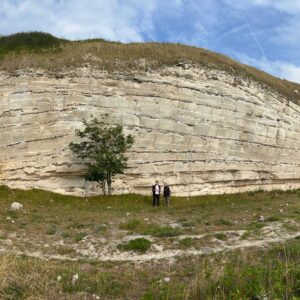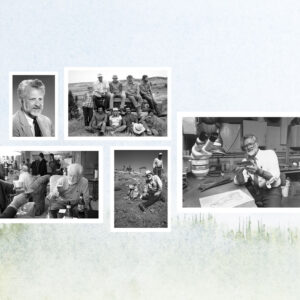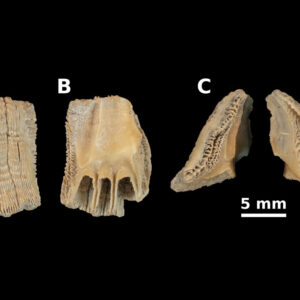Collecting Bryozoa from Stevns Klint, Denmark 70 million years ago, Denmark was a warm sea. Rich and varied communities of invertebrates inhabited the seafloor. These ecosystems left behind vast chalk deposits, which have been mined for building material, writing utensils, and fertilizer for over a thousand years. The chalk is also special to paleontologists, because it is rich in fossils and spans the Cretaceous-Paleogene (K-Pg) boundary, one of the largest mass extinctions in Earth’s … [Read more...] about How do mass extinctions reshape ecosystems?
Announcing the William A. Clemens Memorial Fund in Vertebrate Paleontology
The UCMP is excited to announce the establishment of the William A. Clemens Memorial Fund in Vertebrate Paleontology. It was made possible by generous donors in the UCMP community who care deeply about the museum, its future, and its educational and scientific missions. The annual disbursement from this fund will be used to support UCMP's vertebrate paleontology collections, including the maintenance and curation of fossils, staffing, and its use by students and visiting scholars. This … [Read more...] about Announcing the William A. Clemens Memorial Fund in Vertebrate Paleontology
A forgotten cirripedological gem
Over 100,000 years ago, a barnacle grew on a whale, migrated with it for a year, and then dropped off onto the seafloor. Sixty-two years ago, it was found and placed in the UCMP collections. Fifty years ago a master's student studied it, but never published it. This week, that barnacle is finally published and given a name – Cetopirus polysyrinx. Whale barnacles are filter feeders who implant on the skin of a whale and live for about one year. A new species of whale barnacle from … [Read more...] about A forgotten cirripedological gem


